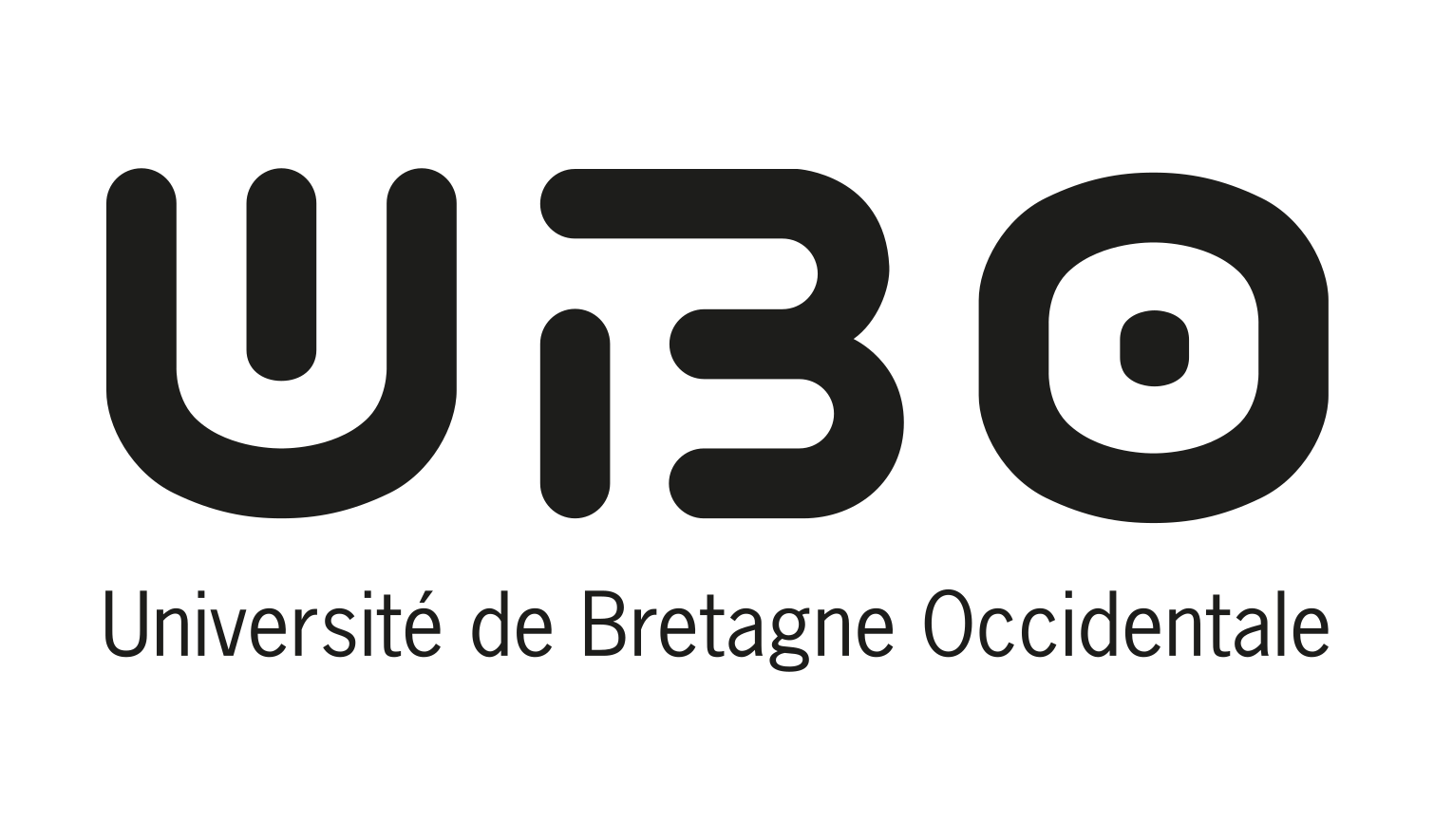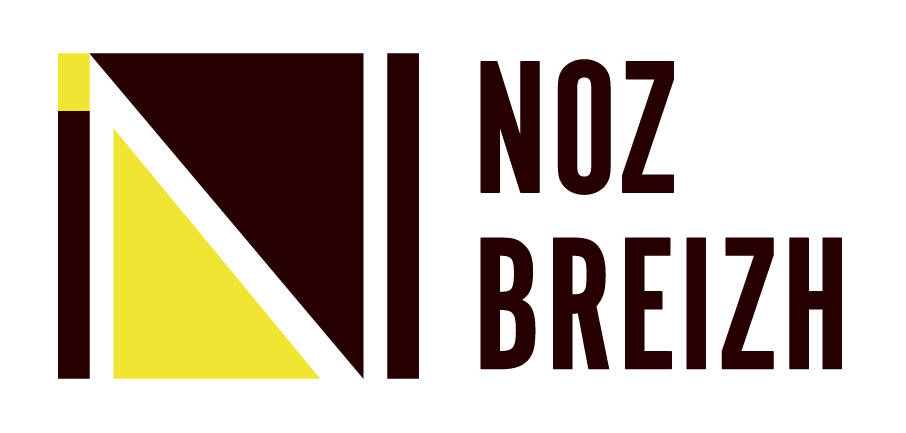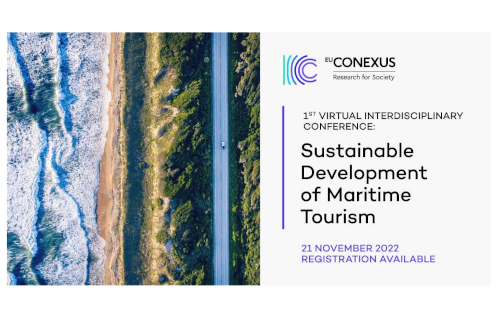BLUE NIGHTS (2022 - 2023)
Blue Nights - The environmental impact of "Blue Tourism" in terms of light pollution is a scientific project integrated in the Noz Breizh chair and funded by SEA EU Alliance (2022-2023). It focuses on the impact of artificial lighting in terms of pollution, specifically in touristic areas.
This exploratory project has several objectives :
- first constituting a common bibliographic corpus on the theme,
- then building a methodology that takes the seasonality of touristic activities into account,
- and eventually, identifying fields of study in Brittany (France), Cadiz (Spain) and Malta to test our methodology.

Finistère is one of the four departments of the Brittany region, located in the northwest of France. In 2021, it had 914,301 inhabitants. It is the second most visited department in Brittany by tourists. Indeed, in 2019, it counted 6 391 overnight stays.
Within the framework of our project, two study areas have been selected:
- Moulin Blanc beach (Brest): it is both an urban and artificial beach, characterized by a mainly local tourism that extends over three municipalities (Brest, Guipavas and Relecq-Kerhuon). It also includes a nautical center and a marine aquarium, Océanopolis.
- The beach of Trez (Bénodet): characterized by its shape in the form of a circle, it is located in a classified seaside resort of which it is one of the largest beaches.

Cadiz, in the south of Spain, is one of the most touristic areas of the country. Although the number of visitors is constant throughout the year, it is in July and August that the number of hotel guests is highest, marking a strong seasonality related to coastal-sea tourism. For this reason, determining the possible relationship between light pollution, coastal environments and tourist activity is an opportunity to analyze the impact (direct or indirect) of radiation in these vulnerable areas.

In order to make an initial collection of information, two case studies have been selected because they reflect as many commonalities as dissonances:
- Conil de la Frontera: it is one of the main tourist destinations in the province, chosen as a case study of high tourist influx. It is a traditional tourism associated with the sun and the beach. On the other hand, we can note that its connectivity with the main cities is poor.
- Puerto Real: It is a municipality with low tourist influx, but with greater industrial activity than the previous case. It has a high connectivity with the main cities.
The Maltese archipelago is located in the center of the Mediterranean, between Sicily and the coast of North Africa. Known for its many historical sites inherited from successive rulers such as the Romans, the Moors, the Knights of the Order of St. John, the French and the British, it has numerous fortresses and megalithic temples as well as the Hypogeum of Ħal Saflieni, an underground complex of chambers and mortuary chambers dating back to about 4000 BC.
The choice of the study areas focused on two sites with significant heritage tourism:
- Valletta: the country's capital, a predominantly urbanized area that lies in the southeast of the archipelago.
- Mdina: a city located in the center of the island of Malta, away from the dense urbanization, where most of the artificial lights are related to the lighting of heritage buildings.

The initial results already show that there is a correlation between tourist activities and light pollution, particularly during Summer. The results of the project will be made available to local stakeholders and we shall now continue to explore the links between Light Pollution and Tourism as part of:
-a Blended Intensive Program SEA-EU in Cadiz (October 16th to 27th, 2023, see the program)
-the TURNO project, funded by the University of Cadiz.
Our publications concerning Blue Nights
Scientific publications
Forthcoming
Assessments
Forthcoming
Posters
Citation : Chaire Noz Breizh (2024), Blue Nights – Environmental impact of “Blue Tourism” & light pollution, présenté dans le cadre du colloque Smart Noz, Brest, 18-20 mars 2024
Citation : Chaire Noz Breizh (2024), Blue Nights – Environmental impact of “Blue Tourism” & light pollution in Finistère, présenté dans le cadre du colloque Smart Noz, Brest, 18-20 mars 2024
Interships
Daoudou, H.,B., (2022), La nuit, une ressource en danger : Modélisation et mesures de la pollution lumieuse ? Le cas de la plage de Moulin Blanc et la plage de Trez, Mémoire de stage Master 2, Université de Picardie.
Contributions
Video capsules
Our meetings
For this Blue Nights closing seminar, we presented the first results and next steps of the project, as well as other presentations related to the theme and demonstrations on the ground.
Project members defined common criteria for the analysis of different case studies in the three countries, in order to propose an initial methodology that can be reproduced in other study areas and territories.
Thanks to all the members who participated in the Blue Nights project!
During this 3rd seminar hosted by the University of Cadiz, we presented the progress achieved, as well as the biodiversity approaches and protocols developed by Université de Bretagne Occidentale in Brest (France). In addition, we discussed the next steps and their application in the Cadiz and Malta case studies.
The Blue Nights project was invited to EU-CONEXUS, the 1st Virtual Interdisciplinary Conference on Sustainable Development Of Maritime Tourism.
The Blue Nights teams met in Brest to set common criteria for the comparison of six territories (two per country) and started the analysis crossing with light pollution via satellite images also. In this research seminar, we also presented our first steps and protocols set up within the framework of Blue Nights.
We also took advantage of the working visit to Brest by our colleagues from Malta and Cadiz to take part in the SEA-EU Alliance's Governing Board and carry out field visits.
We met in Valetta for a workshop meant to present all the fields of study, to discuss the criteria of comparison and to discuss the methodology of analysis.








































